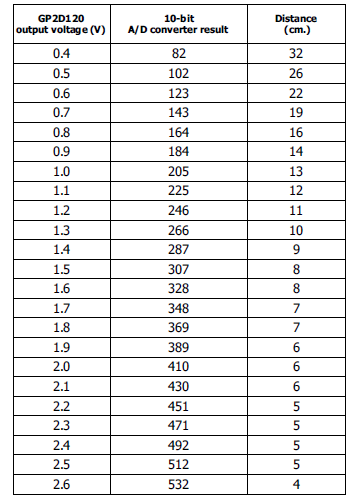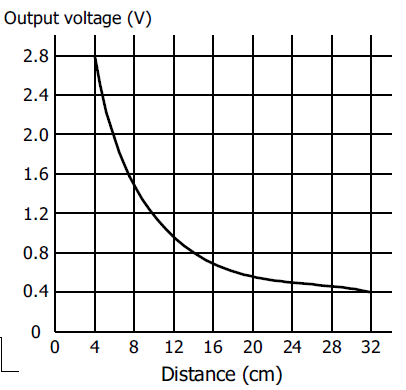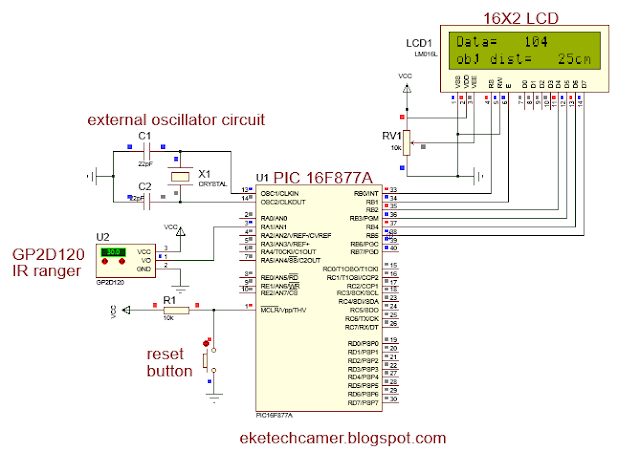Interfacing infrared ranger module and object detection using GP2D120 IR sensor and PIC microcontroller
Functioning of the IR Ranger Module
There are several ways of Measuring range. The easiest way is by using sound waves where ultrasonic sound is fowarded, and is reflected when hit by an object and the time it takes to reflect back is measured. Sounds waves do not travel fast, and can be measured by present day equipment.However, in the case of infrared light, the time it takes to hit an obstacle and reflect back can not be measured because infrared light travels fast.
An IR transmitter emits infrared light to the object in front, by passing through a condense lens. Refraction occurs once the light hits the surface of the object. Part of the refracted light falls on the receiver end which is then passed to another lens and processed by an array of photo-transistors.
Hence, the position in which the light falls can be used to calculate the distance of an obstacle from the transmitter.
Circuit diagram of Infrared distance sensor and measurement.
The circuit diagram consist of the following components and is shown in the figure below:- PIC 16f877A microcontroller
- GP2D120 Infrared distance Sensor
- 16X2 LCD
- Resistor
- 8Mhz Oscillator
- variable resistor
- capacitor
- +5V power supply
Relationship between output Voltage,ADC Result and distance
The table and the graph below shows the various relationship between output voltage and the distance obtained from the analog to digital converter values. This values are very important in programming ( interfacing) this module.
Simulated Code
The code used to interface this module is shown below.
sbit lcd_EN_Direction at TRISB1_bit;
sbit lcd_D4_Direction at TRISB2_bit;
sbit lcd_D5_Direction at TRISB3_bit;
sbit lcd_D6_Direction at TRISB4_bit;
sbit lcd_D7_Direction at TRISB5_bit;
sbit lcd_RS at RB0_bit;
sbit lcd_EN at RB1_bit;
sbit lcd_D4 at RB2_bit;
sbit lcd_D5 at RB3_bit;
sbit lcd_D6 at RB4_bit;
sbit lcd_D7 at RB5_bit;
int y;
void read_adc()
{
ADCON0=0b11001001; // EN internal RC //OSC & AN1, wait //conversion, power ADC
ADCON0.GO=1 ; // Conversion in progress
while(ADCON0.GO); // Wait until //conversion is complete
y=(ADRESH*4)+(ADRESL/16); // convert //10bit to ADC value
}
void lcd_config()
{ lcd_Init();
lcd_cmd(_lcd_clear);
lcd_cmd(_lcd_cursor_off);
}
void main() {
int x; char text[16]; char u[16];
TRISA=0XFF;
TRISB=0X00;
PORTB=0X00;
lcd_config();
while(1)
{
lcd_out(1,1,"Data= ");
read_adc();
WordToStr(y,text);
lcd_out_cp(text);
delay_ms(200);
x=(2914/(y+5))-1; // conv ADC to cm
lcd_out(2,1,"obj dist=");
lcd_out(2,15,"cm");
WordToStr(x,u) ;
lcd_out(2,10,u);
delay_ms(2000);
}
}
Download File(proteus+code) will be available soon. Remain connected





